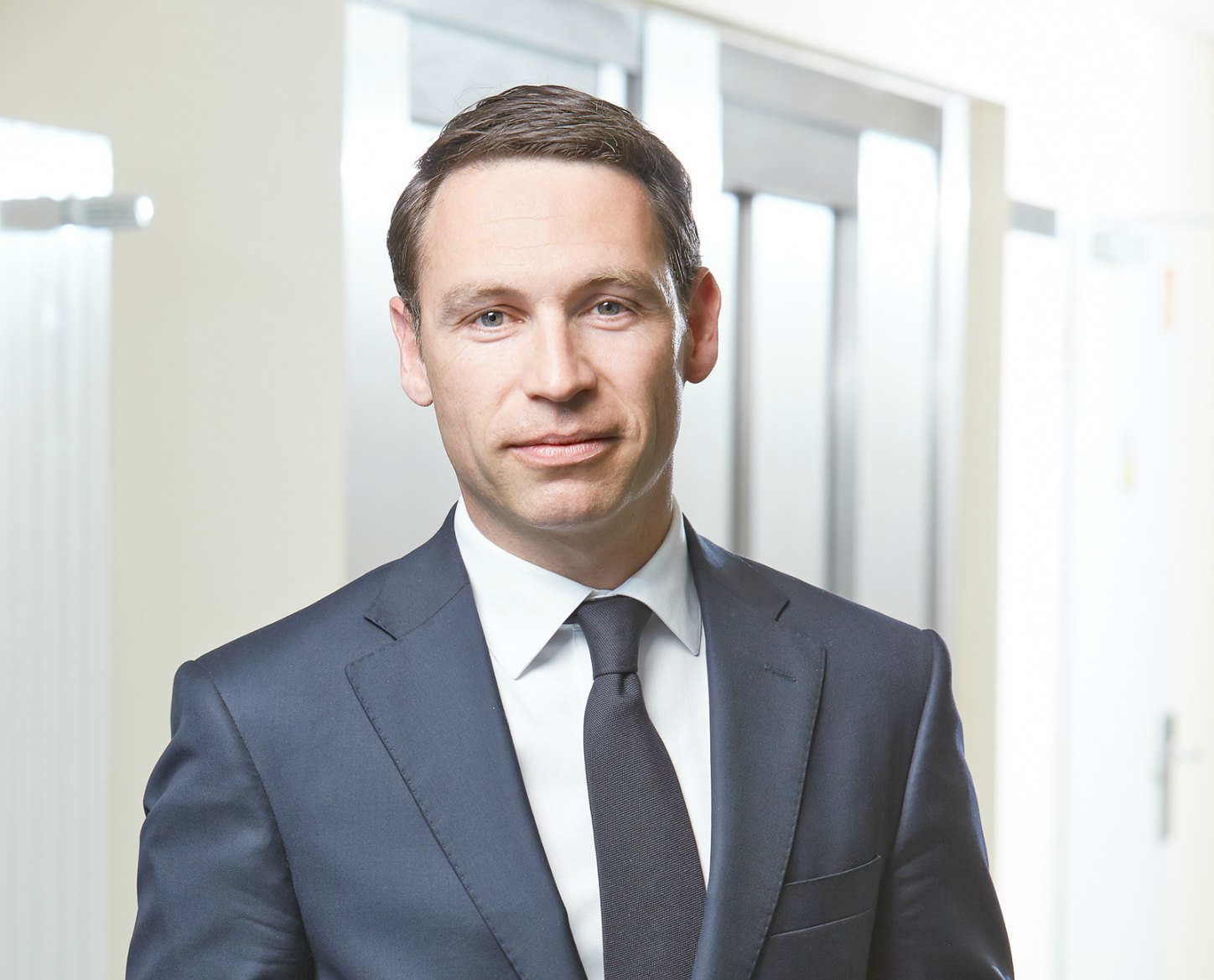In Europe, economic data published since the start of the year has confirmed our view that economic recovery is taking place. We are confident that activity will accelerate further this year as there are several sources of growth. In the main Eurozone economies (Germany, France, Spain and Italy) which represent about ¾ of the region-wide GDP, exports are growing at a robust pace. Reforms implemented and the weaknesses of the single currency have all contributed to improve the competitiveness of these countries. More important in our view, domestic demand which was the major drag on growth is bottoming out. In all the main Eurozone economies, consumption is expanding on the back of a slightly better employment outlook and rising consumer confidence. Regarding investments, the GDP is by far the component the most hit by the crisis, particularly since its development is uneven. In Germany and Spain, capex is positive, while it continues to shrink in Italy and France. Recapitalized banks, declining interest rates and ample liquidity coupled with a better outlook should lead to a return of investment.
In line with the constructive flow of economic indicators, the European Central Bank (ECB) has revised upwards its growth forecast for the first time since the financial crisis. Deflation, which was a huge concern two months ago, has completely disappeared from investor radar screens once it became clear that the ECB would launch a large asset purchase program (QE) and once it appeared that growth was picking up. It is worth keeping in mind however that in March, inflation data was negative (-0.1%) and that core-inflation, while positive, has continued to slow down to +0.6%. Any activity slowdown will revive the specter of deflation.
On the other side, in the US, economic data published since the start of the year provides a more complex and less appealing picture. Virtually all economic data speaks for a slowdown in the first quarter of 2015. The key question is whether this is temporary or not and what are the implications of the Fed’s first rate hike. Several factors explain the American economic slowdown. The first factor is very temporary. In January, snowstorms hit central and Eastern States and in February the temperature was very cold, hindering construction works. As it was the case in the first quarter of 2014 as well, harsh winter impacts negatively the US economy. The second two factors are cyclical and probably cancelled each other. On the one hand, the strength of the USD weighs on exports, but on the other hand, the low oil price increases considerably the purchasing power of American consumers. Besides these factors that currently weigh on growth, we are confident that underlying growth remains robust. Consumption, representing about 70 % of the GDP, is supported by a robust labor market and slightly rising wages. In our view, the current episode of weak growth is a soft patch that would fade away in the coming months.
Against this background, we expect the Federal Reserve to raise rates for the first time since the Global Financial Crisis sometimes in the second half of the year. While a June rate hike is not completely ruled out, it appears unlikely today. As the Fed repeats, it depends on data, as we are. This adds uncertainty regarding the exact timing of the so called lift off. In our view, it is more important to focus on how fast the Fed will increase its fund rate rather to focus only on when the first rate hike will take place. We think that it will do it very gradually.
Analysis by Ethenea. Yves Longchamp is Head of Macroeconomic Research at ETHENEA Independent Investors AG. Capital Strategies is Ethenea distributor in Spain and Portugal.




